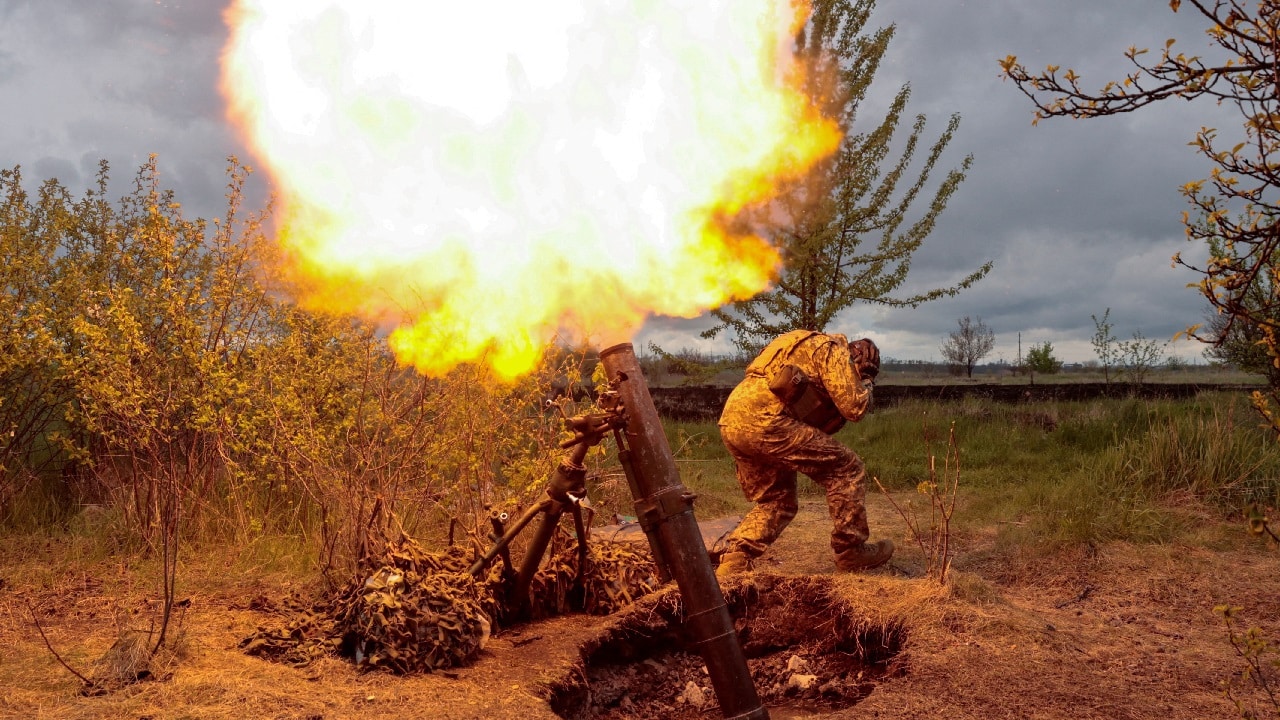The war in Ukraine reached its 287th day, and the Russian military is getting ready for further Ukrainian counteroffensive.
The Russian Casualties in Ukraine: Update
Meanwhile, the Russian forces continue to suffer heavy casualties, with another day of more than 500 troops killed.
Overall, the Ukrainian Ministry of Defense claimed that as of Wednesday, Ukrainian forces have killed approximately 92,740 Russian troops (and wounded approximately twice to thrice that number), destroyed 281 fighter, attack, bomber, and transport jets, 264 attack and transport helicopters, 2,935 tanks, 1,923 artillery pieces, 5,909 armored personnel carriers and infantry fighting vehicles, 395 Multiple Launch Rocket Systems (MLRS), 16 boats and cutters, 4,526 vehicles and fuel tanks, 211 anti-aircraft batteries, 1,601 tactical unmanned aerial systems, 163 special equipment platforms, such as bridging vehicles, and four mobile Iskander ballistic missile systems, and 592 cruise missiles shot down by the Ukrainian air defenses.
Russian Defenses, Strategic Weaknesses, and Mobilizations
The Russian military has been digging in all across the battlefield.
From the south on the eastern bank of the Dnipro River to the northeast in Belgorod inside Russia, the Russian forces have been creating fortifications in anticipation of further Ukrainian counteroffensives.
The defenses are a combination of trenches, anti-tank obstacles, and more elaborate fortifications designed to stop mechanized assaults.
What is most surprising is the fact that the Russian military is constructing fortifications within Russian territory and even establishing local, territorial units (in Kursk and Belgorod) to defend against a Ukrainian attack.
“Trench digging has been reported in Belgorod since at least April 2022, but the new constructions are probably more elaborate systems, designed to rebuff mechanised assault. There is a realistic possibility that the Russian authorities are promoting defensive preparations within internationally recognised Russian territory to burnish patriotic feeling,” the British Military Intelligence assessed in its latest estimate of the conflict.
Moreover, the “war scare” could be an attempt by the Kremlin to set up the conditions for a second wave of mobilization.
In the first wave that took place in September, Moscow raised about 300,000 reservists.
But a second wave of mobilization won’t have any short-term benefit to the Russian forces on the ground as Moscow can only train about 130,000 new troops in a year.
“Putin’s decision to order a second wave of mobilization, general mobilization, or even announce a formal declaration of war with Ukraine will not fix the inherent constraints on Russian military power available for the war in Ukraine in the short term,” the Institute for the Study of War assessed in its latest operational update on the conflict.
But according to the British Military Intelligence’s assessment, the Russian push for more fortifications within Russia “probably illustrates some Russia decision-makers’ genuine (but false) belief that there is a credible threat of invasion by Ukrainian forces.”
“Paucity in strategic assessment is one of the critical weaknesses in the central Russian government architecture: as highlighted by Russia’s original decision to invade Ukraine. Impartial official analysis is almost certainly frequently undermined by a tendency toward group-think and politically expedient conclusions,” the British Military Intelligence assessed.
Expert Biography: A 19FortyFive Defense and National Security Columnist, Stavros Atlamazoglou is a seasoned defense journalist specializing in special operations, a Hellenic Army veteran (national service with the 575th Marine Battalion and Army HQ), and a Johns Hopkins University graduate. He is currently working towards a Master’s Degree in Strategy and Cybersecurity at the Johns Hopkins University’s School of Advanced International Studies (SAIS). His work has been featured in Business Insider, Sandboxx, and SOFREP.

